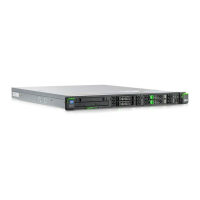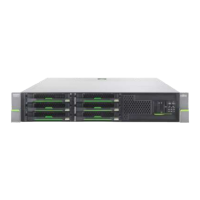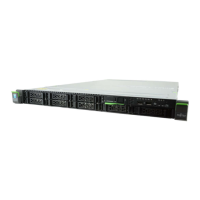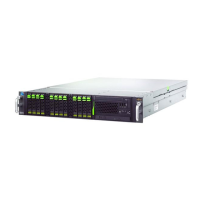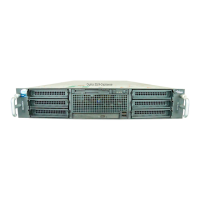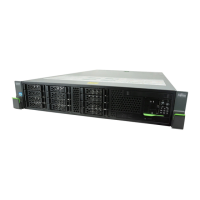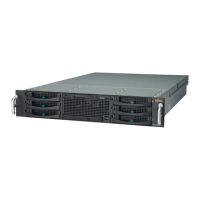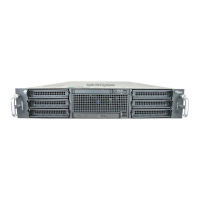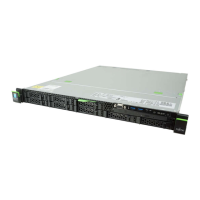Step 5
Congure the next hop. This step creates the roung instance if it does not already exist.
Command:
% set routing routing-instance <routing_instance_name> routing-protocols routing-
protocol static <protocol_instance_name> static-routes ipv4 route 0.0.0.0/0 next-
hop next-hop-address <ip_address>
Parameter Value Descripon
routing_instance_name <MCN> Name of roung instance
protocol_instance_name <FNC> Name of protocol instance
ip_address <1xx.xxx.xxx.xxx> IP address of next hop
Command Example:
% set routing routing-instance MCN routing-protocols
routing-protocol static FNC static-routes ipv4 route 0.0.0.0/0
next-hop next-hop-address 192.168.229.254
Step 6
Check the candidate conguraon, if desired.
Command:
% show routing routing-instance
Step 7
Save the changes.
Command:
% commit
Step 8
Exit conguraon mode.
Command:
% exit
Connect LCN1 to DCN
Step 9
Connect the LCN1 port to the DCN.
✓ This task is complete.
Initial System Turn Up
Congure IP Connection to DCN
172
Release 19.1.1 · Issue 1.1, May 2021
Fujitsu and Fujitsu Customer Use Only
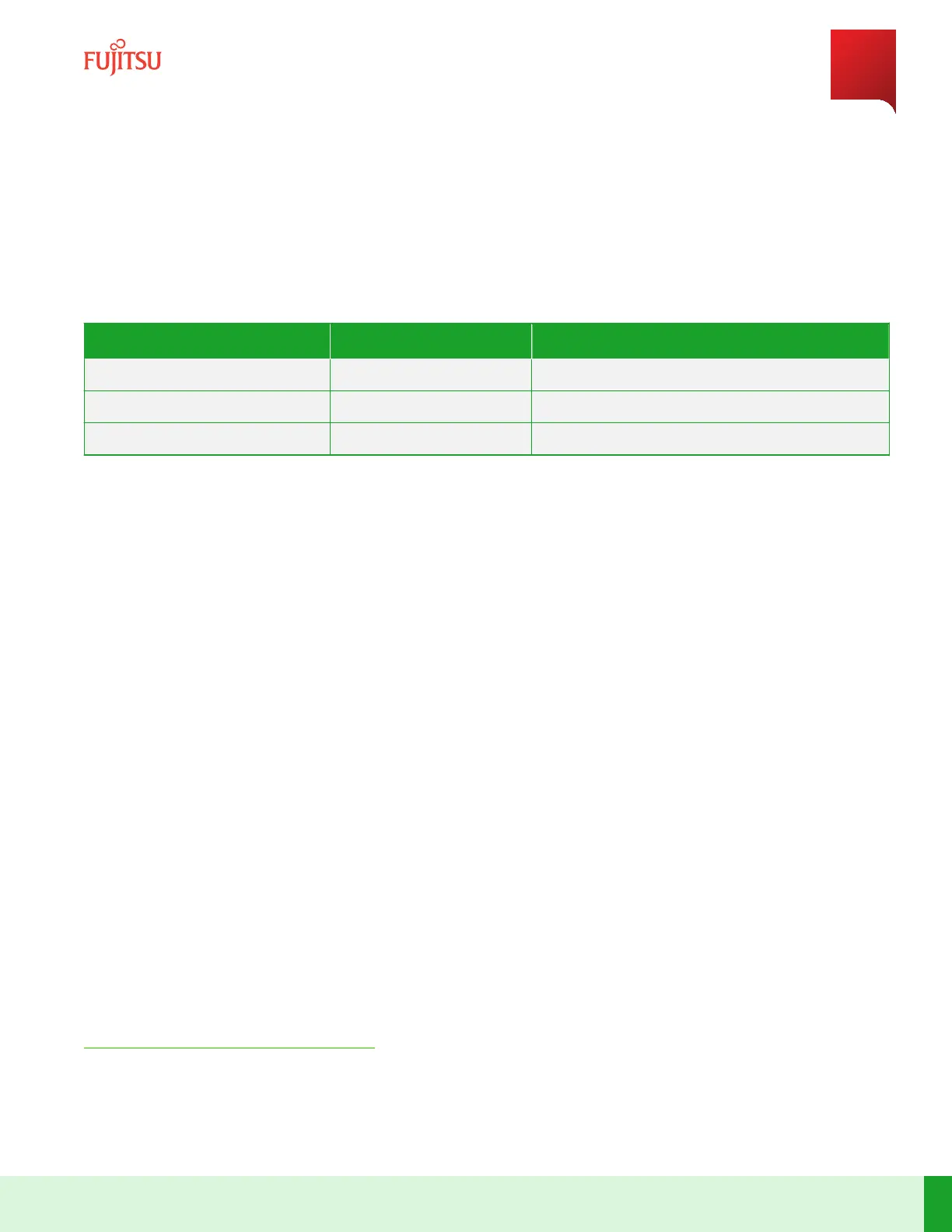